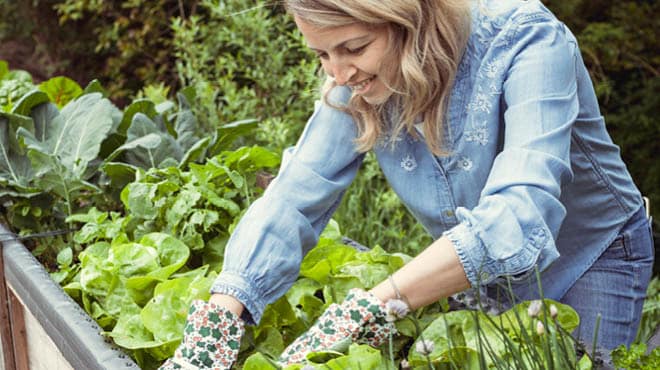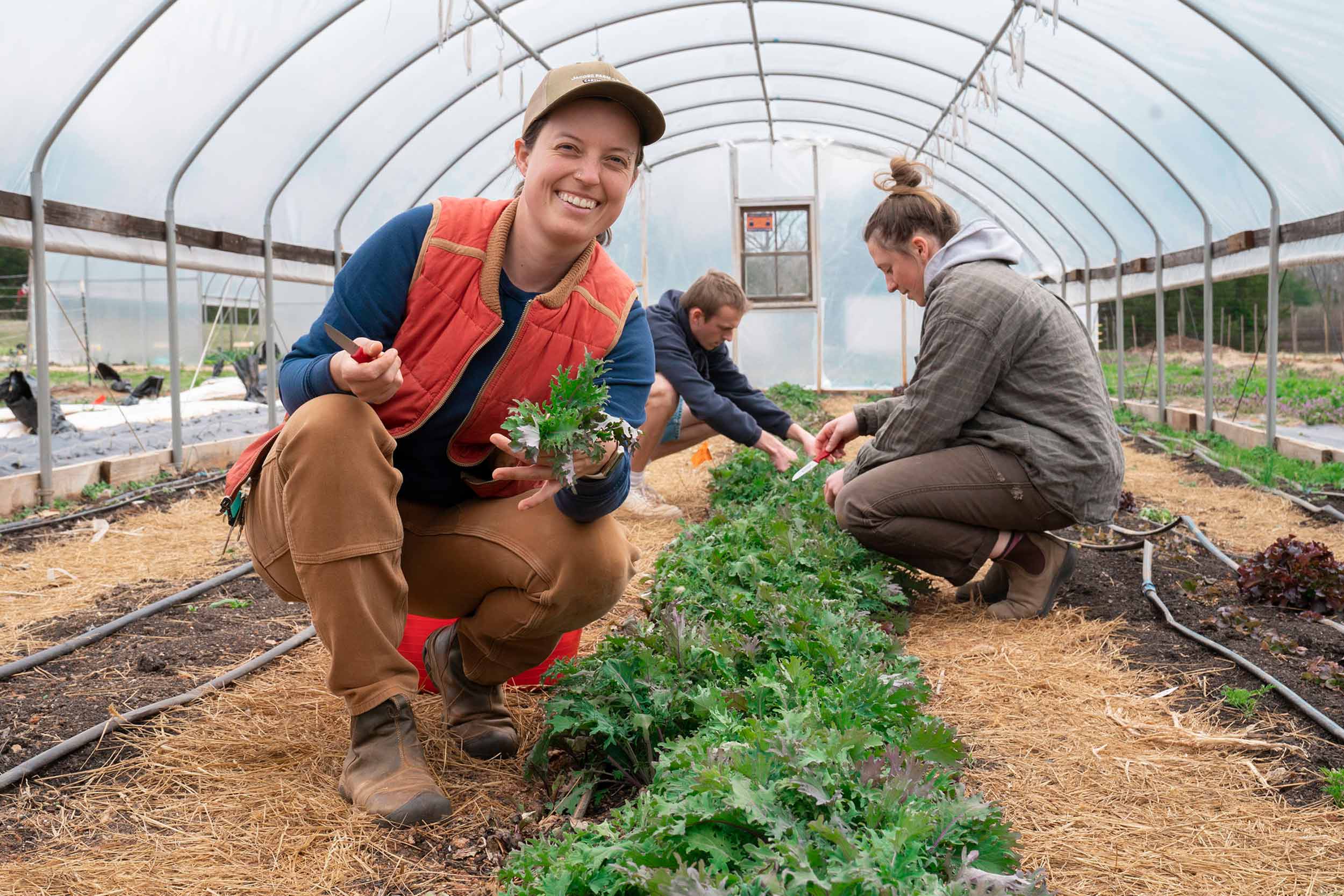Must-Have Gardening Tools for Beginners: A Complete List for Your Flourishing Garden
The Ultimate Guide to Horticulture for Beginners: Detailed Tips and Strategies for Expanding a Growing Yard
Are you all set to study the world of gardening? Look no better than "The Ultimate Guide to Gardening for Beginners." This step-by-step guide will walk you via everything you require to understand to expand a growing garden. From recognizing your garden area to choosing the right plants and preparing the soil, we've got you covered. Prepare yourself to unleash your environment-friendly thumb and develop a gorgeous, growing garden.
Comprehending Your Garden Room
To optimize your horticulture success, beginning by familiarizing on your own with the one-of-a-kind characteristics of your garden space. Recognizing your garden room is necessary for developing a growing yard. Begin by observing the quantity of sunshine your yard receives throughout the day. Keep in mind of any type of areas that are shaded and those that get complete sunlight. This will help you figure out which plants will certainly thrive in each location.
Following, evaluate the dirt in your yard. Is it sandy, clay-like, or loamy? Recognizing your soil type will certainly assist you in selecting the right plants and implementing suitable dirt changes. Additionally, take into consideration the drain of your yard. Is it susceptible to waterlogging or does it drain rapidly? This info will assist you make educated decisions concerning watering and plant placement.
These are little locations that might vary in temperature or moisture levels compared to the remainder of your yard. Use these variants to your advantage by planting heat-loving or moisture-loving plants in these areas.
Picking the Right Plants

Following, consider your gardening goals and choices. Are you seeking to expand vegetables, flowers, or a mix of both? Do you prefer low-maintenance plants or are you ready to place in added effort for high-yield plants? Think regarding the amount of time, power, and sources you agree to invest in your garden.
Additionally, take into consideration the room offered in your yard. Take measurements and plan out the layout of your plants. Think about the mature dimension of each plant and see to it they have enough room to grow without overcrowding each various other.
Lastly, think of the usefulness of your plant choices. gardening tools for beginners. Will you have the ability to give the essential treatment and maintenance for your picked plants? Consider elements such as watering, fertilizing, pest control, and trimming
Preparing the Soil for Growing
As soon as you have picked the right plants for your thriving garden, it's time to dive right into the vital job of preparing the soil for growing. Take a sample and test its pH levels, as various plants prosper in different pH ranges.

As soon as the dirt prepares, produce furrows or holes for planting. Bonuses The deepness and spacing will certainly depend upon the certain demands of your selected plants, so refer to the seed packages or plant labels for advice. Carefully put the plants in their designated spots, making sure that the roots are covered with soil. Strongly push the dirt around the base of each plant to eliminate any air pockets.
Finally, water the freshly grown location extensively. This will certainly help clear up the dirt and offer the plants with the wetness they need to develop themselves. As you water, be careful not to remove the soil or damage the delicate plants. With proper soil prep work, your yard will certainly be well-appointed to support the growth and success of your plants.
Watering and Feeding Strategies
After preparing the soil for planting, it's essential to comprehend efficient watering and fertilizing methods to make sure the health and wellness and development of your garden. One method to evaluate if your plants require watering is by sticking your finger regarding an inch right into the dirt. When watering, goal for the base of the plants, as moistening the fallen leaves can motivate diseases.
Preserving a Healthy Garden
To preserve a healthy yard, you should routinely evaluate your plants for indicators of illness or pests. By doing this, you can catch any problems beforehand and take the necessary actions to avoid them from triggering and spreading damage to your entire garden. Seek any uncommon areas on fallen leaves, yellowing or wilting vegetation, or openings in the leaves, as these could be signs of insects or illness. It is vital to take instant activity. if you notice any of these indicators.
One more method is to motivate valuable pests like ladybugs and lacewings, which feed on garden pests. Planting blossoms such as sunflowers, daisies, and marigolds will attract these useful pests to your yard.
In addition to insects, illness can additionally impact your plants. To protect against the spread of illness, it is very important to practice good garden health. This consists continue reading this of removing any kind of infected plants or leaves, sterilizing your gardening tools, and staying clear of over-watering. Proper spacing between plants and great air circulation can likewise help prevent the spread of diseases.
Conclusion
In verdict, gardening can be a rewarding and satisfying hobby for beginners. By comprehending your yard area, picking the right plants, preparing the dirt, and implementing correct watering and feeding methods, you can produce a growing garden. Remember to preserve its health and wellness by consistently tending to it. With patience and commitment, you'll soon be taking pleasure in the elegance and bounty of your own prospering yard. Pleased gardening!
Make use of these variants to your advantage by growing moisture-loving or heat-loving plants in these areas.
